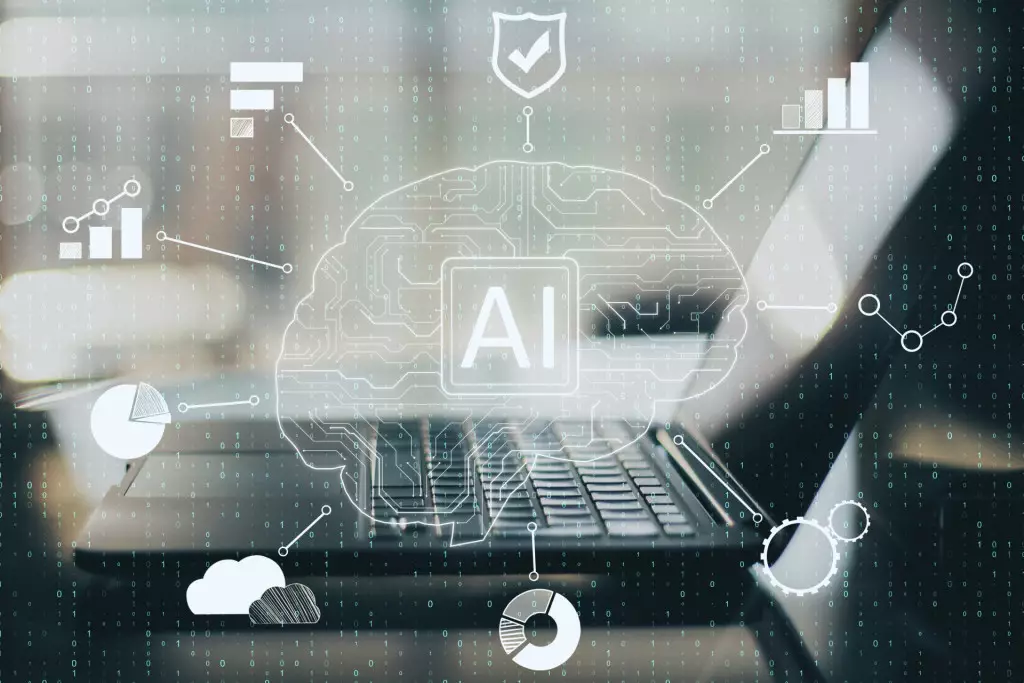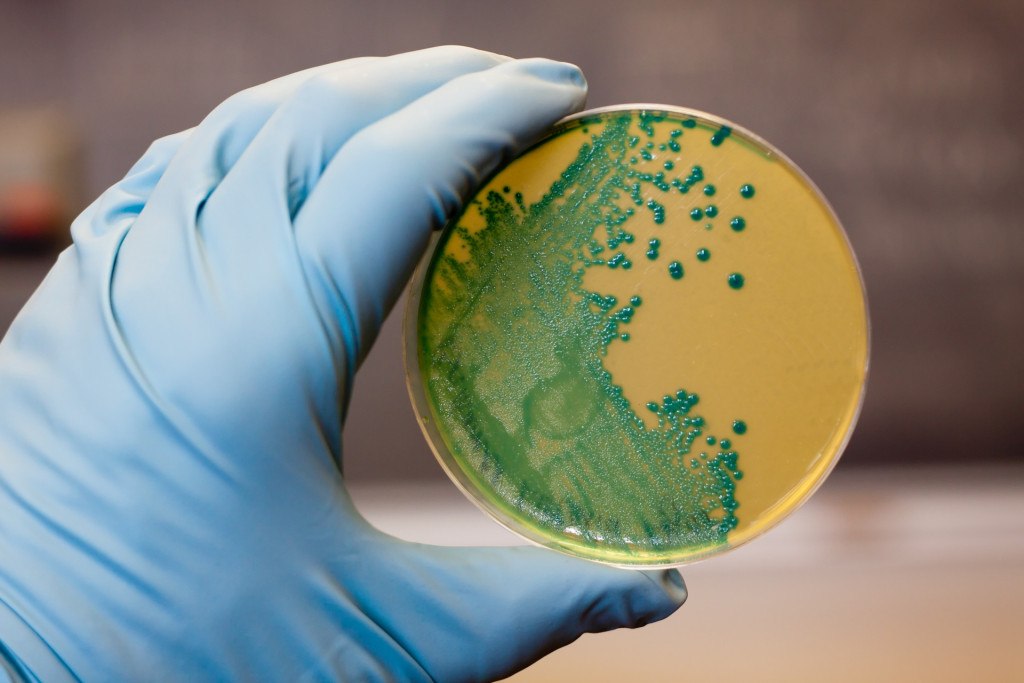Pediatric pharmacovigilance: Ensuring child safety in medical treatment
- 30/08/2023
Pharmacovigilance, the science of monitoring and assessing the safety of medications, is a critical component of modern healthcare. The health and well-being of children are of paramount importance in the field of medicine. Pediatric pharmacovigilance, a specialized branch of pharmacovigilance, focuses on monitoring the safety of medications administered to children. As children’s bodies are unique and continuously developing, ensuring this population’s safe and effective use of drugs requires a dedicated and comprehensive approach. In this article, we will delve into the importance of pediatric pharmacovigilance, its challenges, and its role in safeguarding the youngest members of our society.
The distinctive challenges of pediatric pharmacovigilance
Children are not small adults – their physiological, developmental, and metabolic differences make them particularly vulnerable to medication-related risks. Consequently, the safety profile of a medication may vary in the pediatric population, necessitating specialized monitoring. Furthermore, children may struggle to communicate adverse effects, leading to underreporting. Caregivers and healthcare professionals are crucial in recognizing and reporting potential side effects. Conducting clinical trials involving children presents ethical challenges and logistical complexities. As a result, clinical trial data is often scarce for many medications used in pediatric patients. Determining appropriate dosages and formulations for children can be challenging due to the variations in age, weight, and developmental stages. Ensuring that medications are administered in safe and effective doses is a critical concern.
Variances in adverse drug reactions among children
Children’s reactions to medications diverge not only from those of adults but also vary across pediatric age groups, from neonates to adolescents. For instance, the response to drugs differs significantly in premature neonates who cannot effectively metabolize and eliminate chloramphenicol. This deficiency results in elevated drug levels in the bloodstream, culminating in a clinical manifestation known as the “grey baby syndrome.” Additionally, the methods employed for physical examination and testing in children significantly differ from those used in adults. For instance, the techniques employed for neurological assessments in infants differ from those applicable to adults and adolescents. Moreover, a distinctive challenge arises from the fact that young children do not possess the capacity to communicate in manners analogous to adults. For instance, an infant undergoing hallucinations may exhibit irritability but cannot articulate their symptoms precisely.
Advancing pediatric pharmacovigilance
Collaboration between healthcare professionals, researchers, pharmaceutical companies, and regulatory authorities is essential to gather comprehensive safety data for pediatric medications. Educating healthcare professionals, caregivers, and patients about the importance of reporting adverse events can help improve data collection and ultimately enhance pediatric pharmacovigilance. Continuous monitoring of children who have been exposed to medications is crucial to detect any delayed or long-term adverse effects that may emerge. Literature monitoring aids in the early detection of potential safety issues in the pediatric population. Following the approval of a drug and its subsequent use, literature monitoring assumes a pivotal role in post-market surveillance. By analyzing diverse information sources, pharmacovigilance experts can uncover trends or patterns that might remain concealed within clinical trials alone. It facilitates the ongoing evaluation of a drug’s safety profile as prescribed to a broader population, including children.
Safeguarding the foundations of tomorrow
Pediatric pharmacovigilance stands as a sentinel, guarding the health and well-being of our future generation. As medical science advances and collaborations strengthen, our understanding of how medications impact children evolves. Through rigorous monitoring, ethical considerations, and the dedication of healthcare stakeholders, we can ensure that children receive medical treatment that is not only effective but also safe. Pediatric pharmacovigilance remains a beacon of hope, promising a healthier and safer tomorrow for our youngest patients.
- 24/11/2025
- Drug Safety


